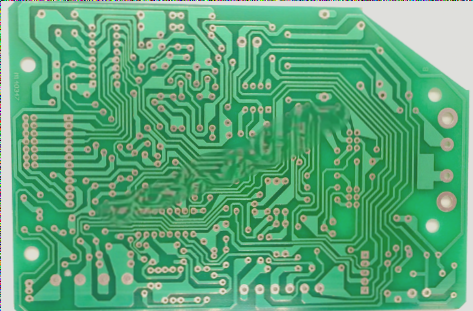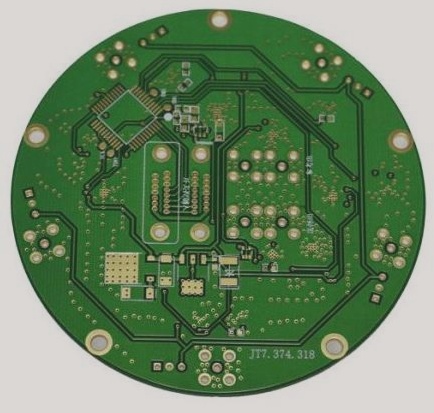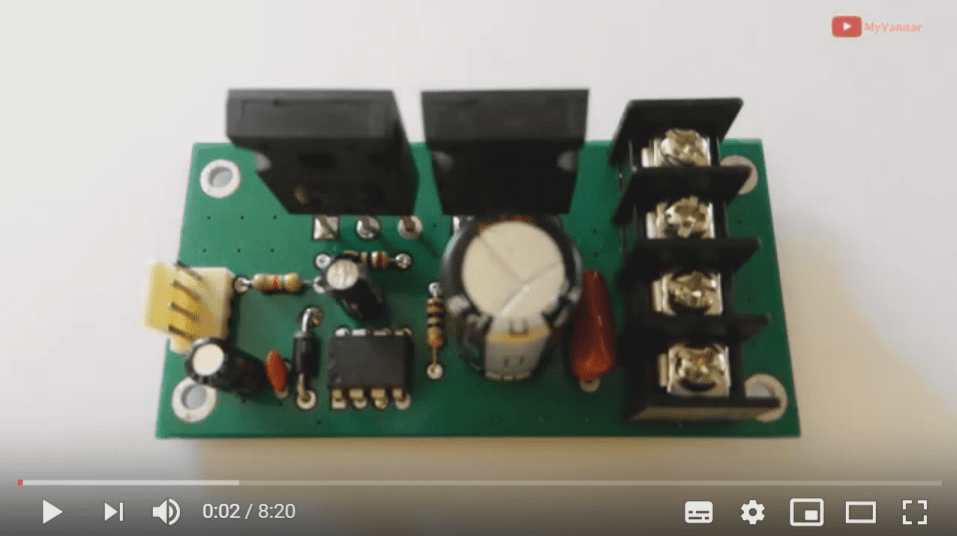PCB Assembly Process Overview
1. Double-Sided Assembly
- Incoming Inspection and Repair: Screen printing solder paste on one side of the PCB, patching, drying, reflow soldering, cleaning, flipping, then repeating the process on the other side.
- PLCC SMD Installation: Utilized on both sides of the PCB assembly for this process.
2. Single-Sided Assembly
- Process: Incoming testing, silk screen solder paste application, patching, drying, reflow soldering, cleaning, testing, and repair.
3. Four-Sided Mixed Technology
- Process: Begins with incoming testing, followed by various steps including reflow soldering, plug-in, wave soldering, cleaning, inspection, and rework.
SMT Patch Processing Precautions
A. Conventional SMD Placement
- Features: Low SMT placement accuracy, small component count, mainly resistors and capacitors.
- Key Processes:
- Solder Paste Printing: Utilizing semi-automatic or manual printing for FPC positioning.
- SMT Placement: Manual placement for components with higher accuracy requirements.
- Welding: Typically reflow welding, with spot welding as an alternative in specific cases.
B. SMT Processing in High-Precision Placement
- Features: Requires MARK mark for substrate positioning, flat FPC, and high equipment precision.
- Key Processes:
- FPC Fixation: Involves fixing the entire process on a pallet, with specific methods based on component requirements.
- Method A: Utilizes a positioning template and high-temperature tape for FPC fixation.
- Method B: Customized pallet with T-shaped positioning pin for precise placement.
For more information on PCB fabrication and assembly processes, visit wellcircuits.com.

Solder paste printing
When it comes to solder paste printing for Flexible Printed Circuits (FPC), it is crucial to choose an elastic squeegee for printing due to the inconsistent height with the pallet plane. The selection of solder paste composition plays a vital role in the printing effect, making it essential to choose the right solder paste. Moreover, special processing is required for the printing template in Method B.
Mounting equipment
For successful mounting of FPC, the solder paste printing machine must be equipped with an optical positioning system to ensure welding quality. Additionally, tiny gaps between the FPC and the pallet need to be considered, which differs from the PCB substrate. Therefore, precise equipment parameter settings are necessary to achieve optimal printing effect, placement accuracy, and welding results. Strict process control is vital for FPC placement.



